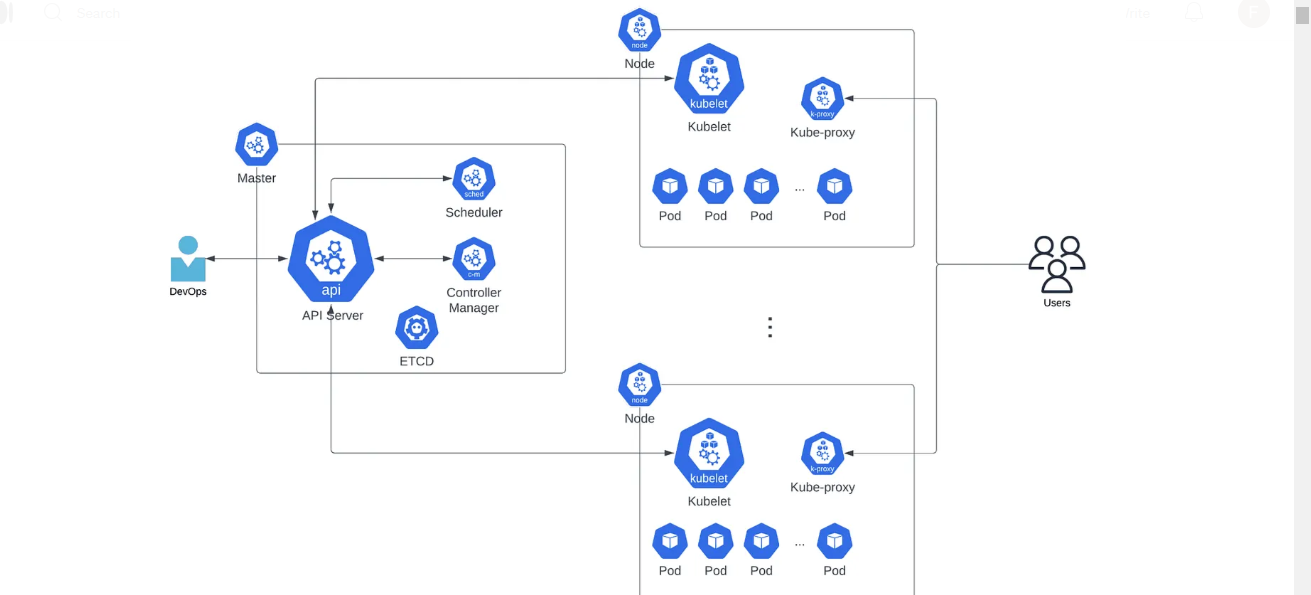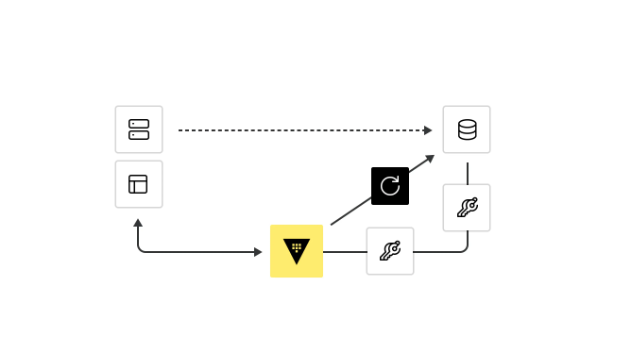Key Benefits of Integrating Password Managers Into Kubernetes Security
Integrating password managers into Kubernetes centralizes credentials, enhances security, automates rotations, and improves compliance.
Join the DZone community and get the full member experience.
Join For FreeAmidst the tech revolution, Kubernetes has surfaced as a central component for handling virtualized apps.
However, as configuration intricacies develop, so does the difficulty of maintaining rigorous protection. Incorporating password managers into Kubernetes can radically transform protective policies by enhancing login efficiency and strengthening security permissions.
This article aims to shed light on the key benefits of this integration, showing how it enhances security and also simplifies operations within a complicated K8s ecosystem.
Centralized Credential Management
Due to the decentralized nature of these environments, handling credentials is very complex.
Each microservice needs varied authorization methods resulting in the leakage of confidential data that must be protected.
Password managers offer a remedy by unified access and identity management; storing all access keys in one protected location, simplifying updates and retrieval. This consolidation amplifies security with features like encryption and audit trails.
By simplifying credential management, password managers upgrade both security and organizational effectiveness, leaving the IT teams to focus on growth.
Enhanced Security Features of Password Managers in Kubernetes

Password managers offer numerous advanced security measures for safeguarding sensitive data. These features play a crucial role in mitigating common security vulnerabilities in Kubernetes clusters, Pivotal features include:
- Secure data storage: Password managers make use of secure cipher methods to protect sensitive login info, assuring that if possible the storage system is breached, the data remains scrambled without the encryption key.
- Safe password exchange: Through sealed transmissions, they enable the safety of passwords when sharing among team members, minimizing the risk of disclosure.
- Multi-factor authentication (MFA): MFA introduces an extra layer of protection by asking users to provide two or more secured sign-ins to access login information, reducing the possibility of unauthorized access.
Automating Credential Rotation

Frequent credential rotation is an essential security practice that helps secure sensitive data from unapproved entries, changing passwords and keys regularly will reduce the risk of credentials being compromised and leveraged by threat actors.
This practice is a top priority in hindering long-term breaches, as fixed passwords are prone to be targeted easily and manipulated over time.
Password managers make the credential rotation more simple and systemized. These tools are capable of generating strong and special passwords at timed intervals and also updating them across all relevant applications and systems.
Harmonizing with current systems and networks, password managers ensure credentials are rotated consistently without manual assistance from IT teams.
The automation of credential rotation is done to minimize human mistakes like; making use of weak passwords that can be easily compromised or forgetting to update them. With this automation, it is guaranteed that effective strategies will be followed consistently, improving security measures.
Furthermore, automated systems can address any potential vulnerabilities instantly shortening the time frame for malicious activities and reducing the chance of security breaches.
Audit and Compliance Advantages
- Password managers create detailed data trails by making records of every time data is used; through this organizations can see who used a password at a particular time, making it easy to supervise security issues. These logs enhance accountability and help detect potential security breaches on time.
- Password managers also assist organizations in following rules like GDPR and HIPAA by enforcing passwords that are strong, unique, and changed frequently. They encourage Multi-factor authentication(MFA) which adds an extra layer of security, Automating password management aids in meeting required rules, minimizing the risk of fines and damage to the reputation of the organization.
- Through password managers, automated reports are provided, and instant alerts for unusual behavior like failed login attempts or suspicious access patterns.
These tools, enable preemptive security measures and simplify the auditing process; ensuring continuous compliance and quick response to possible threats.
Integration With Existing Security Tools
System Information and Event Management (SIEM) systems are very important in identifying and solving security threats. Integrating password managers with SIEMs helps organizations monitor and analyze credential usage.
With this integration, there will be instant updates on unusual behaviors like unapproved entries or suspicious login activities. Quick and effective incident response is guaranteed, reducing the chance of a data breach.
Vulnerability assessment tools are created to detect and fix the security weaknesses within a digital infrastructure. When incorporated with password managers, these tools can automatically connect saved access keys with identified flaws.
An example is if a weak password or a reused one is detected by a password manager, the vulnerability assessment tool will mark it as an issue with major concern, enabling instant mitigation. This integration ensures that issues in relation to credentials are addressed quickly, enhancing security stance.
Incorporating password managers with existing tools not only improves security but simplifies operations. Consolidated access controls within a password manager minimize the difficulty of handling several systems separately.
It designs a unified security framework where data flows easily between tools, upgrading efficiency and minimizing the threat caused by human mistakes.
Elevating Kubernetes Security With Password Managers
In conclusion, integrating password managers into Kubernetes security brings about noticeable benefits such as; centralized management, improved security features, automated credential rotation, and optimized audit and compliance strengths.
By simplifying credentials management and fortifying security posture, password managers reduce risks and create a solid defense for Kubernetes environments.
As organizations continue to implement and amplify Kubernetes, utilizing password managers is a tactical move to improve security and systematic excellence.
Opinions expressed by DZone contributors are their own.

Comments